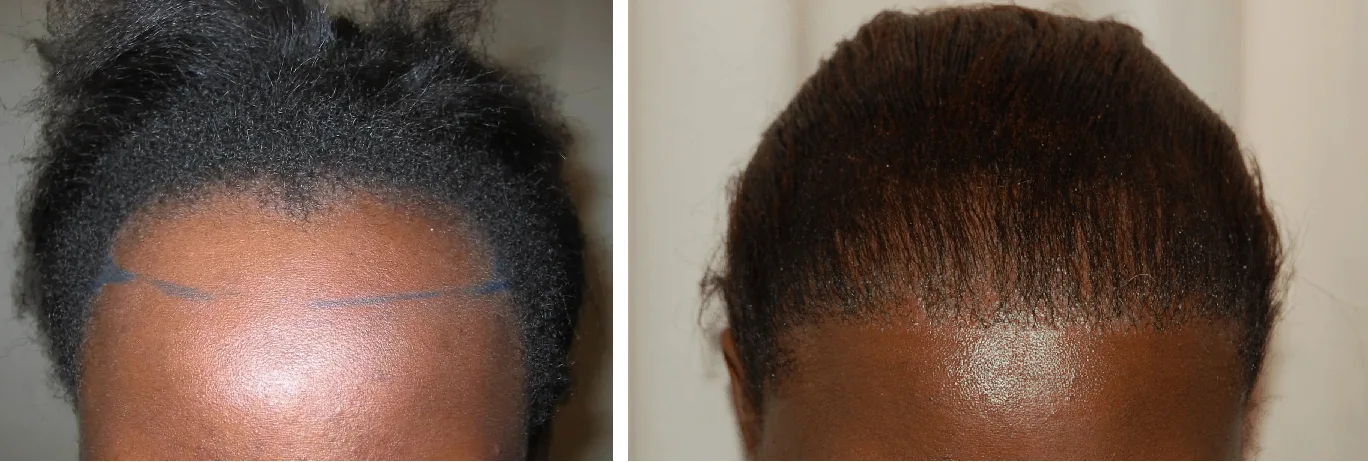While a cavity can be optimally filled irrespective of the type of filling material used, some types of fillings are better suited for certain conditions. Your dentist is the best person to determine the material that is most suited for your needs.
Some of the things to factor in before selecting a filling is the location of the cavity in your mouth, the severity of the decay, and cost.
Five types of materials are generally used to cover a hole caused by decay. They include:
1. Silver amalgam fillings
This is a popular type of filling, and as opposed to its name, contains more than just silver — it is a combination of minerals, including tin, zinc, copper and mercury. It is a common choice because it is strong, sturdy, long-lasting and less expensive compared to other fillings. A silver amalgam filling can last up to 12 years.
Some individuals prefer other fillings over this due to the fact that they do not match the colour of your teeth and hence aren’t very aesthetically pleasing. Another drawback is that they are more likely to expand and contract and may cause a tooth to crack as compared to other types of fillings.
While many individuals worry about the long-term safety of silver amalgam fillings since they contain mercury, these fears are unfounded since it has been declared safe for use.
Read More
- Oral disease and its impact on overall health
- What Does My Dentist Mean by a ‘Cavity’ and How Do I Get That Fixed?
- All You Need To Know About Veneers
2. Composite fillings
Composed of plastic and resin, these are aesthetically an attractive option because they can be closely matched with the colour of your teeth. Due to this feature, they easily blend in with the rest of your teeth. However, composite fillings are more expensive than silver amalgam fillings and are not as durable. They may require to be replaced after a few years and depending on the dental care you take.
3. Ceramic fillings
They are made of porcelain material and are very aesthetically pleasing, which makes them both durable and cosmetically appealing. They are tooth coloured and can resist stains. On the downside, ceramic fillings are more expensive compared to other fillings and are more brittle. There’s also the odd chance that they may wear the opposing teeth if the porcelain becomes rough.
4. Glass ionomer fillings
This filling consists of a mix of glass and acrylic and is best suited for children whose teeth are still forming. They may also release fluoride into the tooth which can shield it from decay. However, they only survive a few years as they are fairly weak and therefore are bound to crack or wear out.
5. Gold fillings
Gold fillings are very strong, non-corrosive and long-lasting (can last up to 15 years with proper dental care). The composition of a gold filling means it won’t easily break or fracture. When exposed to different temperatures, it won’t expand and contact. They do not get easily stained and won’t cause the adjacent teeth to change colour. However, they are much more expensive than silver amalgam fillings and require more than one dental visit to be fitted correctly.
Which is the best type of filling?
Again, your dentist is the best person to help determine which type of material to use for your dental fillings. The dentist will recommend the best type of filling to restore the tooth to its natural state.
At Clinic Effect , we have a fine team of dentists who are well trained in dental work encompassing the whole range of fillings, and they employ the most updated techniques. If there’s a cavity that needs attention, call us (+971 4 330 0441) today to book your appointment.




